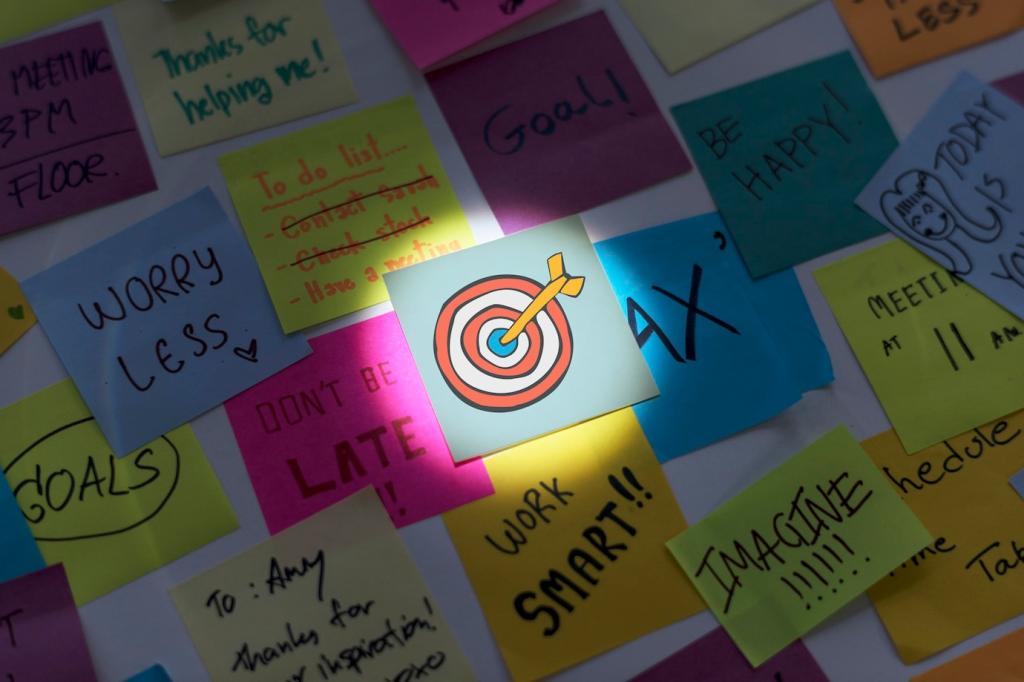Why Visual Storytelling Changes How People Care for Furniture
People connect with scenes that feel like home: a coffee ring on a cherished table, a hurried morning spill, a quiet evening polish. Begin with feelings, then offer steps. Invite readers to share similar moments, encouraging empathetic conversation and community-driven learning.
Why Visual Storytelling Changes How People Care for Furniture
A transformation matters most when we see the middle, not just start and finish. Include close-ups of residue, the first wipe, the gradual lift. Ask followers to save the sequence for later, and tag a friend who loves a satisfying restoration story.
Why Visual Storytelling Changes How People Care for Furniture
Short, visual chapters—one stain, one solution—build trust faster than dense guides. Stack small wins into carousels. Encourage viewers to comment with a single emoji for the most surprising step, increasing engagement without friction while reinforcing a clear, repeatable care narrative.
Why Visual Storytelling Changes How People Care for Furniture
Lorem ipsum dolor sit amet, consectetur adipiscing elit. Ut elit tellus, luctus nec ullamcorper mattis, pulvinar dapibus leo.



